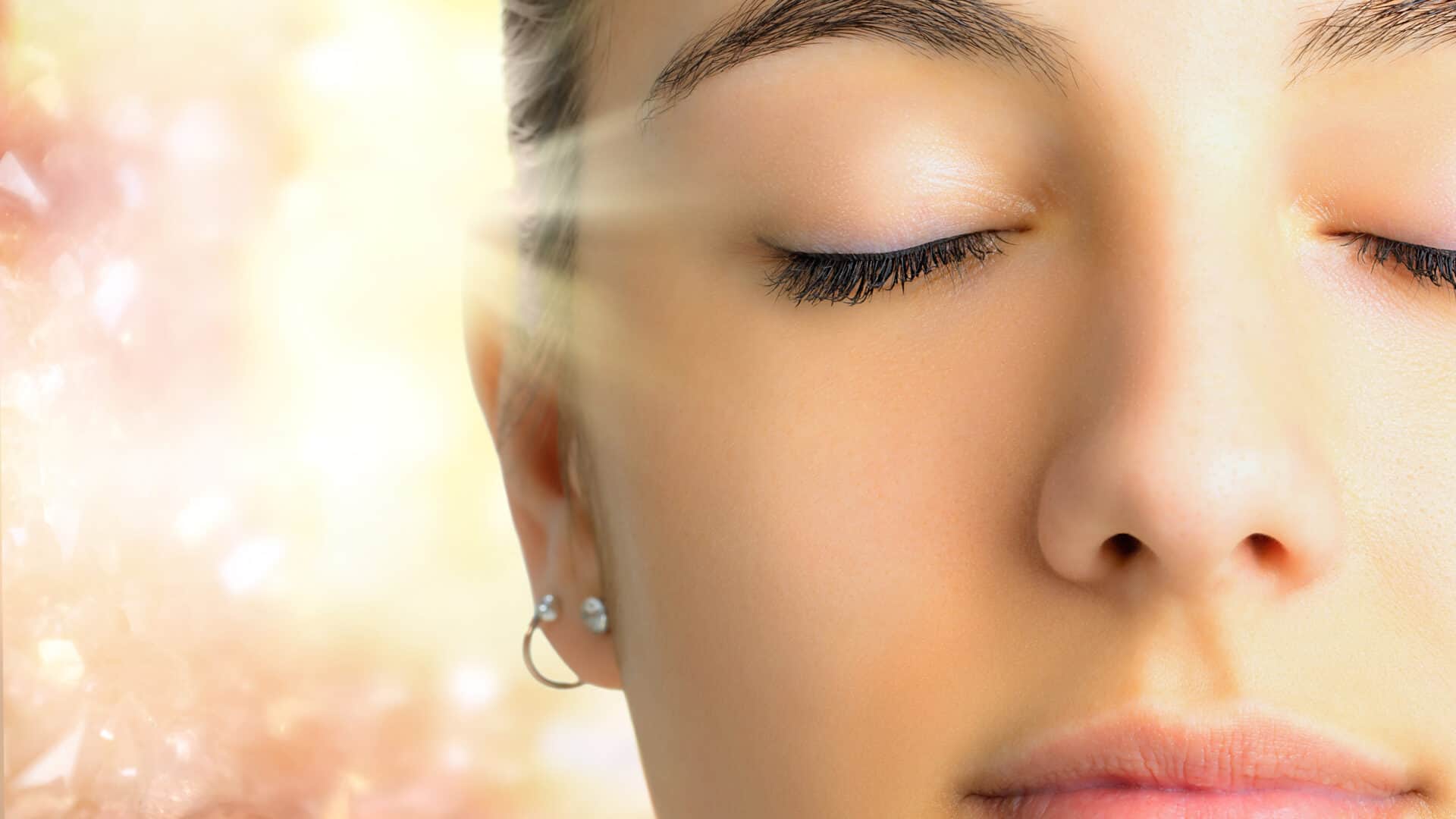Seasonal Affective Disorder is a depression related illness linked to the availability and change of outdoor light in the winter. Reports suggest that 0.4% to 9.7% of the world’s population may suffer from SAD, with up to three times that number having signs of the affliction (called sub-syndromal SAD (or S-SAD) without being classified as a major depression (primarily in Northern America and Northern Europe) (Rosen, et al., 1990). Light therapy with exposure levels at the eye of between 2500 lux (for 2 hours) or 10 000 lux (for 30 minutes) has shown to be an effective cure against SAD (Sloane, 2008). Exposure to daylight outdoors (~ 1000 lux) can also reduce SAD symptoms (Wirz- Justice et al., 1996). So, as seasonal mood disturbance is relatively common, the amount of daylight in our homes or workplaces can be of considerable significance – though the effective value of daylight will depend on the architectural design of a room and the facade (Pechacek et al., 2008). Light therapy can also be used to treat other depression-related symptoms (e.g. non-seasonal depression, premenstrual, bulimia).
Dr. Craig Sawchuk, a Mayo Clinic psychologist, says one of the most effective treatments for seasonal affective disorder is exposure to artificial light or light therapy.
